Getting Married? 9 Interesting Facts About Weddings
Getting Married? 9 Interesting Facts About Weddings
So, you have finally popped the question to your other half: congratulations! Now's the time for wedding planning. And while a lot of the organization might be handled by your future Mrs, it might be interesting to learn about some fun and quirky facts about the history of weddings.
Not only will this be pretty entertaining and fascinating, but it might even end up giving you both some inspiration on how to (or not to!) manage certain aspects of your big day. Ready to get the lowdown on all-things-wedding? Just keep on reading.
1. The Wedding Ring
What's the single most popular symbol of love and marriage? A beautiful wedding ring. The tradition to wear a ring after getting married dates back to the ancient Egyptians, but it wasn't until the Roman empire that it was chosen to wear it on a specific finger (the ring finger, in fact).
This seemingly random choice is actually associated with the fact that ancient Romans believed that the veins of the left hand's third finger ran straight up to the wearer's heart. Since then, this became the most popular placement of wedding rings.
What's the single most popular symbol of love and marriage? A beautiful wedding ring. The tradition to wear a ring after getting married dates back to the ancient Egyptians, but it wasn't until the Roman empire that it was chosen to wear it on a specific finger (the ring finger, in fact).
This seemingly random choice is actually associated with the fact that ancient Romans believed that the veins of the left hand's third finger ran straight up to the wearer's heart. Since then, this became the most popular placement of wedding rings.
2. A White Wedding? Not Everywhere
Your future bride might not want you to see her dress while she's busy picking styles and accessories, but you probably picture her in full white. However, in certain parts of the world, the color white is a symbol of mourning and loss and is categorically avoided at weddings.
Eastern cultures, for example, opt for bright, happier colors to wear on the big day, while white dresses are super-rare occurrences.
Your future bride might not want you to see her dress while she's busy picking styles and accessories, but you probably picture her in full white. However, in certain parts of the world, the color white is a symbol of mourning and loss and is categorically avoided at weddings.
Eastern cultures, for example, opt for bright, happier colors to wear on the big day, while white dresses are super-rare occurrences.
3. Tying the Knot
Tying the knot is just one of many expressions to mean "getting married". But have you ever wondered what knot you would be tying, exactly? To understand the origin and meaning of the phrase, we have to travel back in time to Ancient Babylon.
Back then, the clothes of bride and groom were literally knotted together to symbolize the union of two souls. To this day, spouses belonging to certain cultures keep their hands tied together as a way to show their unbreakable bond.
Tying the knot is just one of many expressions to mean "getting married". But have you ever wondered what knot you would be tying, exactly? To understand the origin and meaning of the phrase, we have to travel back in time to Ancient Babylon.
Back then, the clothes of bride and groom were literally knotted together to symbolize the union of two souls. To this day, spouses belonging to certain cultures keep their hands tied together as a way to show their unbreakable bond.
4. The Honeymoon
If the term "honeymoon" has got you scratching your hand wondering why on earth it's used to indicate your first vacation as husband and wife, then we're here to clarify this for you (and very possibly blow your mind at the same time).
In Ancient Norse cultures, the newly married couple would literally hide away from their friends and family straight after the wedding. This would last for one whole moon cycle (a month), during which they would be served one cup of honey wine each day by a relative.
If the term "honeymoon" has got you scratching your hand wondering why on earth it's used to indicate your first vacation as husband and wife, then we're here to clarify this for you (and very possibly blow your mind at the same time).
In Ancient Norse cultures, the newly married couple would literally hide away from their friends and family straight after the wedding. This would last for one whole moon cycle (a month), during which they would be served one cup of honey wine each day by a relative.
5. The Month of Love
If you choose to tie the knot in the month of June, you might have to battle with lots of other couples who have exactly the same idea. June is the busiest and most popular time of the year for weddings, which means that securing a venue, photographer, and all other suppliers might be more challenging (and expensive). But why this month, specifically?
In Ancient Rome, Juno was the goddess that oversaw marriages and fertility, so people used to view June as the most favorable moment to tie the knot. Because our modern cultures are still so influenced by those ancient times, the majority of couples continue to schedule their big day for this beautiful summer month.
If you choose to tie the knot in the month of June, you might have to battle with lots of other couples who have exactly the same idea. June is the busiest and most popular time of the year for weddings, which means that securing a venue, photographer, and all other suppliers might be more challenging (and expensive). But why this month, specifically?
In Ancient Rome, Juno was the goddess that oversaw marriages and fertility, so people used to view June as the most favorable moment to tie the knot. Because our modern cultures are still so influenced by those ancient times, the majority of couples continue to schedule their big day for this beautiful summer month.
6. The Night Before
While many modern couples might not abide by this unwritten wedding rule, a lot still do: seeing each other the night before the wedding is meant to be bad luck. Why? Well, in ancient times, weddings were arranged before the newlyweds could even meet each other.
Because it was feared that the groom might back out if he saw his future wife before the ceremony, his family would forbid him to have any contact with her up until the day of the wedding. Even though this is no longer the case for the majority of couples, it's also true that many of them continue to observe this tradition.
While many modern couples might not abide by this unwritten wedding rule, a lot still do: seeing each other the night before the wedding is meant to be bad luck. Why? Well, in ancient times, weddings were arranged before the newlyweds could even meet each other.
Because it was feared that the groom might back out if he saw his future wife before the ceremony, his family would forbid him to have any contact with her up until the day of the wedding. Even though this is no longer the case for the majority of couples, it's also true that many of them continue to observe this tradition.
7. Matchy-Matchy
These days, the bride is really the star of the wedding (sorry, grooms). Your future wife might put a lot of effort into choosing a dress, accessories, and hairstyle that make her stand out, but this didn't happen back in Roman times.
Brides in Ancient Rome, in fact, were accompanied by several bridesmaids who were required to dress exactly like them in order to trick and confuse evil spirits and bring luck to the happy couple.
These days, the bride is really the star of the wedding (sorry, grooms). Your future wife might put a lot of effort into choosing a dress, accessories, and hairstyle that make her stand out, but this didn't happen back in Roman times.
Brides in Ancient Rome, in fact, were accompanied by several bridesmaids who were required to dress exactly like them in order to trick and confuse evil spirits and bring luck to the happy couple.
8. Something Old, Something New
... Something borrowed, and something blue. You (or, better, your bride-to-be) must have heard this saying and never thought much of it. As it turns out, there is an interesting backstory to it.
This is an old English adage that lists the four good luck charms that a bride should always have on her (plus a sixpence). "Something old" is meant to signify continuity, "something new" is for a happy future, "something borrowed" (from a happily married couple) is for good marital luck, and "something blue" is associated with love, purity, and fidelity.
... Something borrowed, and something blue. You (or, better, your bride-to-be) must have heard this saying and never thought much of it. As it turns out, there is an interesting backstory to it.
This is an old English adage that lists the four good luck charms that a bride should always have on her (plus a sixpence). "Something old" is meant to signify continuity, "something new" is for a happy future, "something borrowed" (from a happily married couple) is for good marital luck, and "something blue" is associated with love, purity, and fidelity.
9. Special Sapphire
And if your other half is looking for the perfect "something blue" for your big day, what better than a sapphire ring? This gemstone, in fact, comes in a gorgeous range of blue shades and is thought to symbolize marital happiness.
And if you thought that sapphire rings weren't for men, then think again. At Patrick Adair Designs we offer a gorgeous frostbite ring featuring apatite and sapphire. Wear it to contribute to keeping your union solid and long-lasting.
And if your other half is looking for the perfect "something blue" for your big day, what better than a sapphire ring? This gemstone, in fact, comes in a gorgeous range of blue shades and is thought to symbolize marital happiness.
And if you thought that sapphire rings weren't for men, then think again. At Patrick Adair Designs we offer a gorgeous frostbite ring featuring apatite and sapphire. Wear it to contribute to keeping your union solid and long-lasting.


















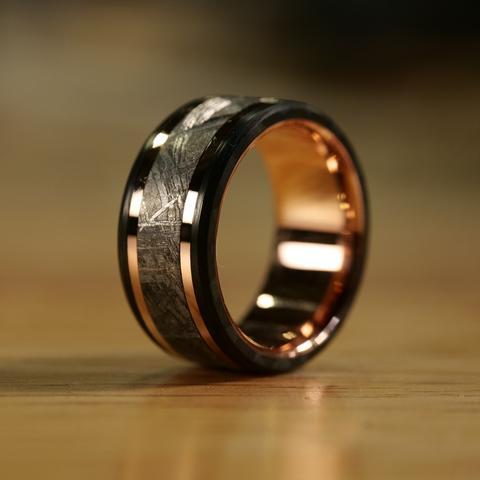
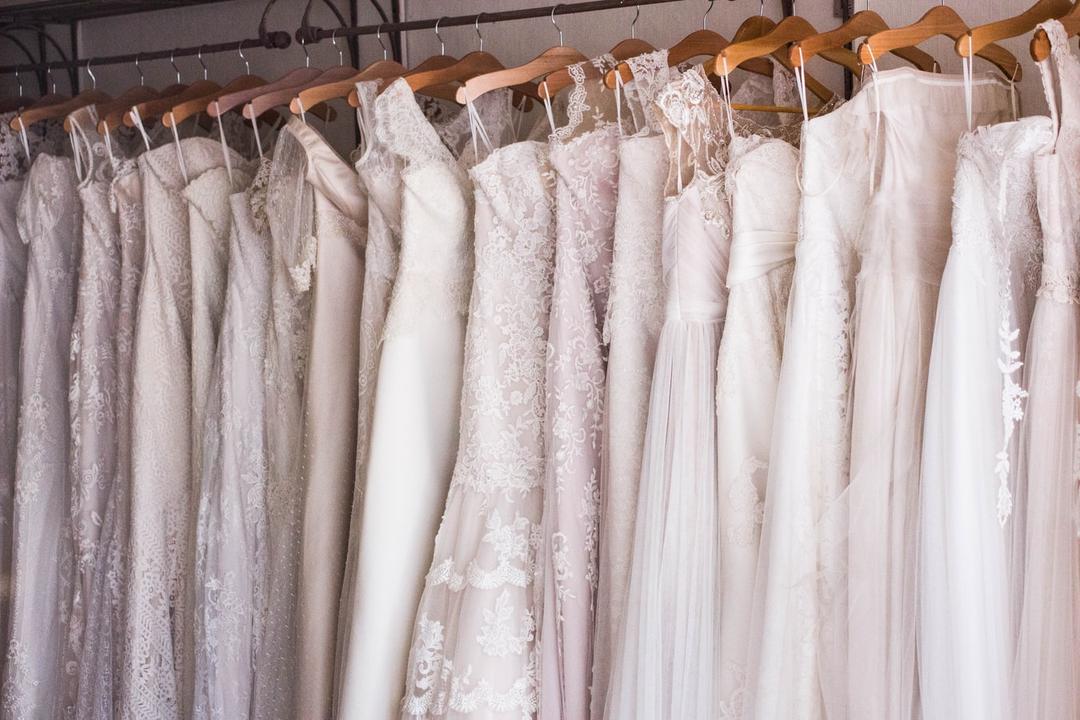
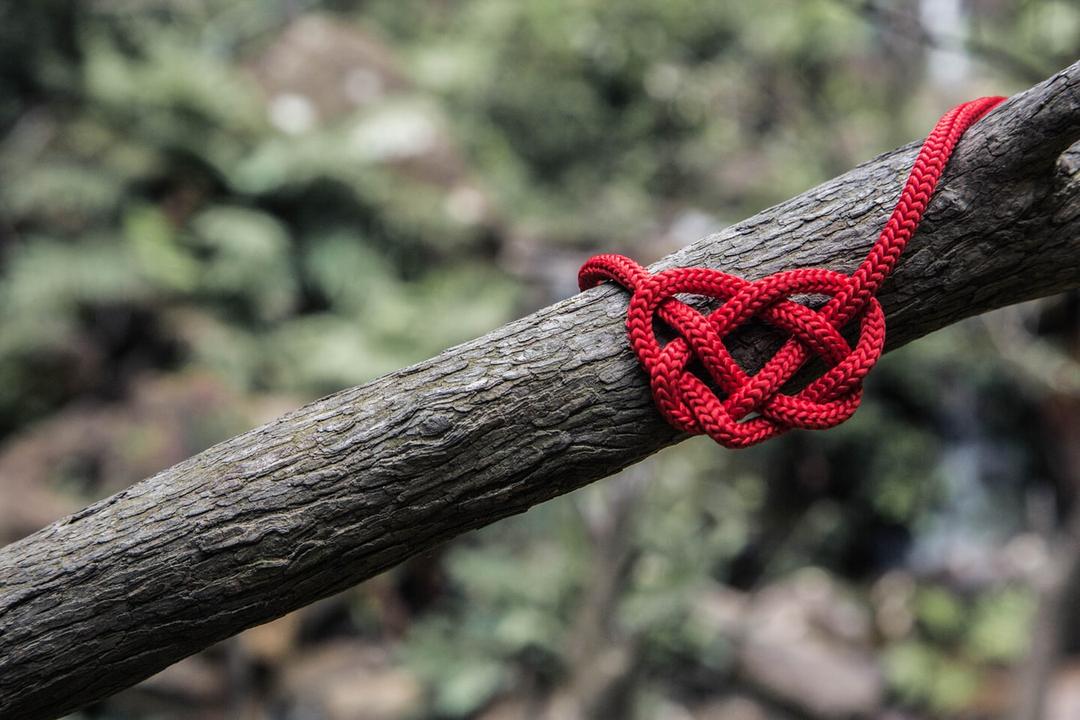

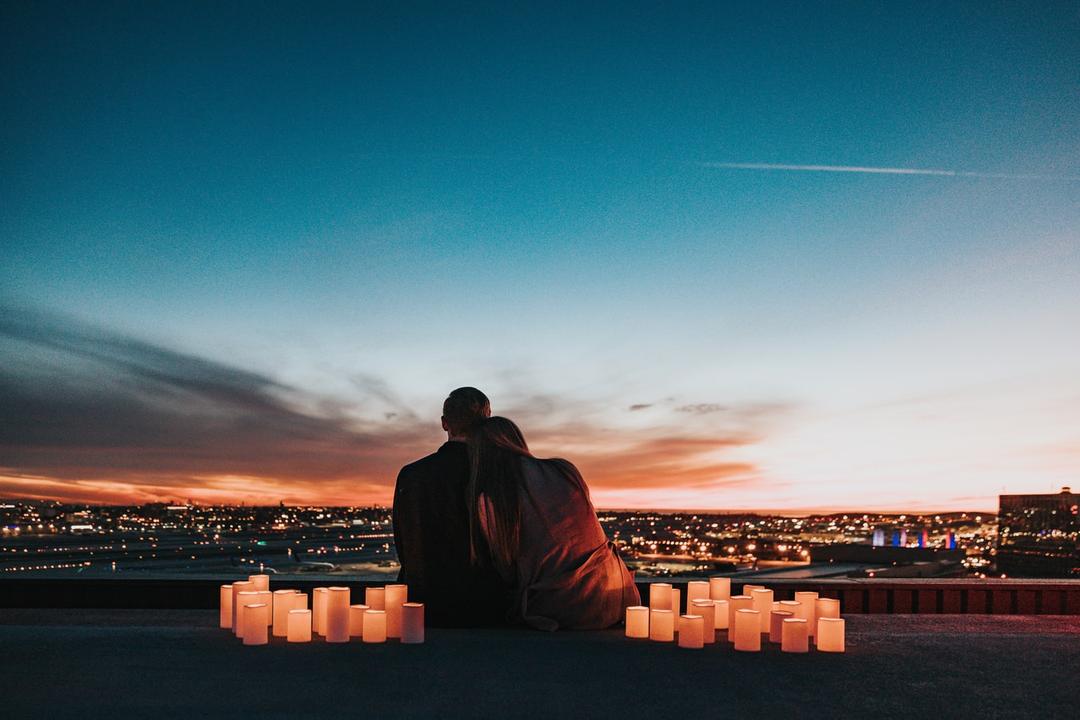
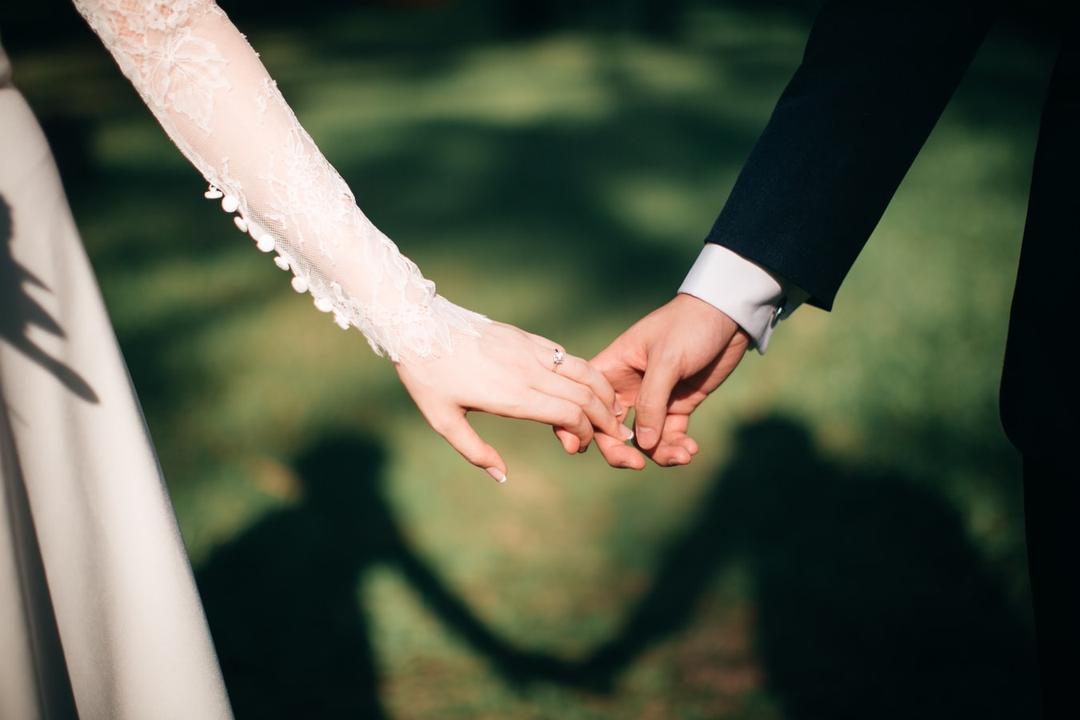
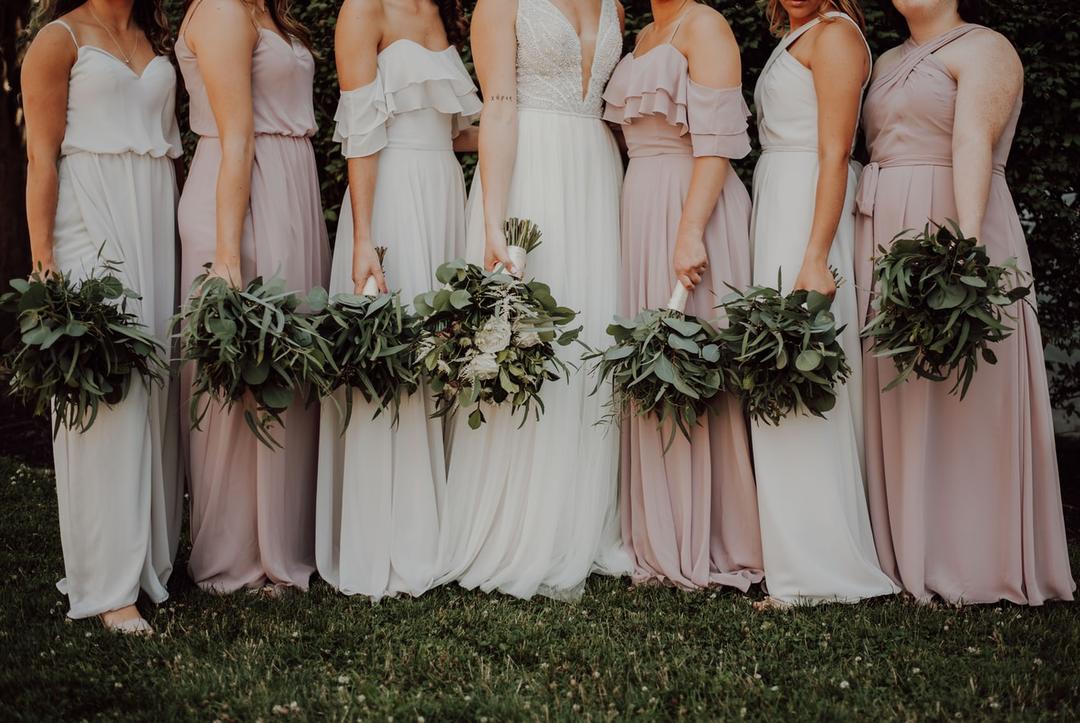
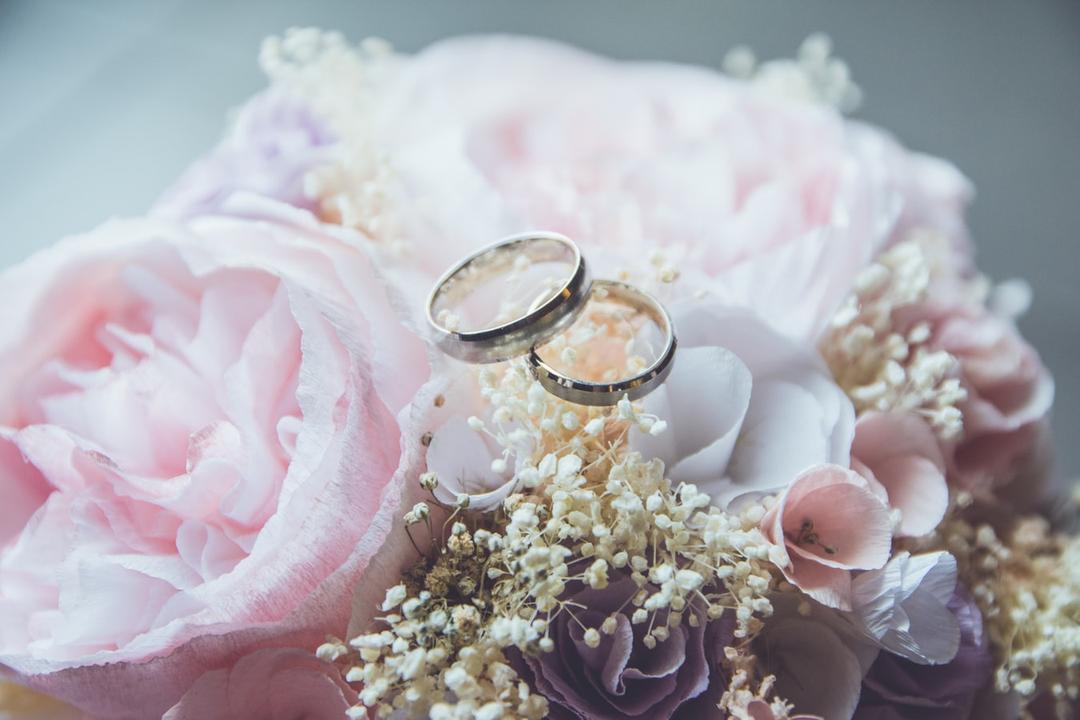
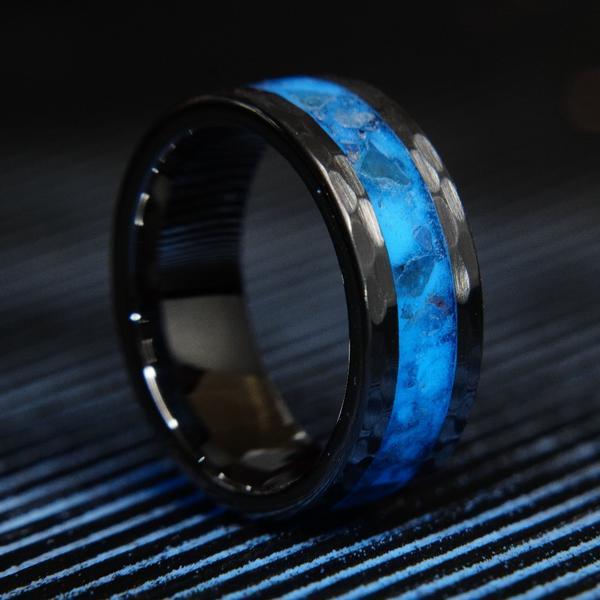
Leave a comment